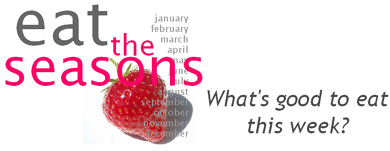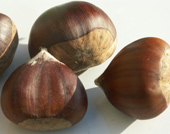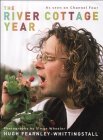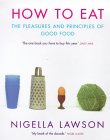
UK/Ireland
•Canada/USA
________________________________________________________________________

eat
chestnuts
Our Top Three Chestnut
Experiences:
-
Nibbling still crunchy, pleasantly bitter chestnuts picked from the ground during a wander in the park.
-
Following our nose to a stand on a London street (wet with rain and reflecting streetlamps like oil) and warming our fingers on a small (much smaller than last year) paper bag of roast chestnuts.
-
Tucking into special, rarely made treats like Crystallised Chestnuts (see PICK OF THE RECIPES).
HISTORY
Chestnuts trees have grown across China and Japan since ancient times. The Greeks brought them to Europe from Asia Minor and later they spread across the continent with the Romans.
For many Europeans in the eighteenth and nineteenth centuries chestnuts were an important staple food and Italians used them to make polenta before the introduction of maize from the New World.
BIOLOGY
Many varieties of chestnut tree exist. The trees take 20 years to fruit but remain productive for centuries.
NUTRITION
Chestnuts are higher in carbohydrates and lower in fat and protein than other nuts. They contain fiber, potassium, iron, zinc and manganese.
TIPS
BUYING
After picking, chestnuts slowly dry out and shrivel. Choose nuts that
are heavy for their size with shiny, smooth shells. Give a squeeze to
check that the nut inside is plump and full.
STORING
Freshly picked chestnuts start off quite crisp and become more tender
and chewy over the following days or weeks before deteriorating to a dry
and floury texture. Storage at a cool temperature (e.g. the fridge) slows
the ageing process.
PREPARING
Peeling chestnuts is a task to plan for when there's something good on
the radio for an hour or so; attempting the job when you're in a hurry
is likely to result in swearing and a long-standing hatred of a very fine
nut.
Cut slits (or crosses) in the shells and part-cook the nuts either by roasting for 15 minutes or boiling for 20 minutes. The shells will now be fairly simple to break open. Removing the brown membrane on the nut is a fiddlier task (easier performed while the nuts are warm) and you will need to break open some nuts to get at the skin in the crevices.
Shelled and peeled, chestnuts can then be cooked according to recipe requirements (for mashing or pureeing they should have the consistency of cooked potatoes - test with a skewer).
OTHER STUFF
Ham from pigs reared on a diet rich in chestnuts is highly valued in many areas of France, Spain, Italy and particularly Corsica (home to an annual chestnut festival in December).
PICK OF THE RECIPES
in
season:
january
february
march
april
may
june
july
august
september
october
november
december
main regions:
Central and Western United States
ONLINE
IN PRINT
-
Chestnut and Chocolate Cake
The River Cottage Year -
Chestnut Stuffing
How to Eat: Pleasures and Principles of Good Food -
Grilled Herring Fillets with Stir-Fried Parsnips and Apples and a Mustard Nut Dressing
The Complete Cookery Year


